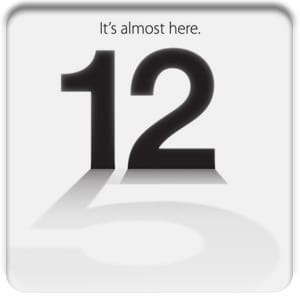 Well, the iPhone event is done, and now that the dust has settled, we can look at what Apple has announced and how it stacked up against the rumors.
Well, the iPhone event is done, and now that the dust has settled, we can look at what Apple has announced and how it stacked up against the rumors.
We’ll skip the surprisingly-short summary of Apple’s new stores, Mountain Lion updates, and iDevice sales and jump right into what most of us were looking at: the new hardware.
iPhone 5
The first thing we learned about the iPhone 5 was that it was, in fact, named the iPhone 5. Sure, some sites found names by doing searches for non-existent pages on Apple’s Web site, the first “official” notice came when the name popped up behind Phil Schiller as he spoke.
The design of the case was as the leaks indicated: taller, but with the same width, giving it a 16:9 aspect ratio. It’s 7.6mm thick, 18% thinner than the 4S, and at 12grams, 20% lighter. The screen itself is a 1136 x 640 pixel Retina display. This taller screen allows for an extra row of applications on each screen, and all the Apple apps are updated to use the extra space. Older apps will display at the original resolution, centered with dark bars on either side. Rounding out the display features is the fact that the touch sensors are built into the display itself, rather than on a separate layer.
Fast wireless connection over a wide range of bands was a focus point, especially its support for LTE. Here in the US, that means the three main carriers of the iPhone (AT&T, Verizon and Sprint) should all be able to support 4G speeds. The processor itself is the new A6 processor, Apple’s latest in its line of CPUs for its mobile line. Rounding off the “guts” of the iPhone is a reported battery life of 8 hours of talk time/browsing and 10 hours via WiFi.
The camera also saw an upgrade to an 8-megapixel sensor with a 5-element lens and f/2.4 aperture. This is similar to the iPhone 4S, but thinner. The A6 processor also contributes an image processor that reduces noise and a “smart filter” for color matching. On the software end of things, shared image streams allow you easily share your images with others and there’s now a built-in Panorama app that allows you to sweep a scene to create wide-angle, 28 megapixel images. Those who are into video with their phones will find full 1080p video from the main camera, as well as a 720p FaceTime HD camera in the front.
There are now three microphones, rather than the two on previous models. This is not only enhanced by the noise-canceling earpiece, but also comes into play with Apple’s “Wideband Audio” feature, which promises more natural-sounding voice capture, provided your carrier supports it.
Finally, we have the new connector port, called “Lightning”. Like most of the rumors stated, it’s an 8-signal design that’s about 80% smaller than the “traditional” dock connector, and can be plugged in either way. A small adapter will be available for older 30-pin peripherals, and it’s available in the Apple Store for $29.
The iPhone 5 will be available at the same prices as the previous model: $199 for 16GB. $299 for 32GB, $399 for 64GB. The iPhone 4 is now free on contract, while the 4S is now $99.
Pre-orders start on Sept. 14, 2012 and will ship on September 21 in the US, Canada, UK, Germany, France, Australia, Japan, Hong Kong and Singapore. Other countries will follow.
iOS6
While there was a short bit about iOS 6, most of it was just a repeat of the same info we got back at WWDC (more Siri integration, an increased focus on “social” platforms such as Facebook and Twitter, a new Maps program, etc.), with the only notable exception being redesigned iTunes store apps. We did, however, get a release date: September 19.
iTunes
Apple also announced a dramatic update to iTunes. It now offers a “simplified” view not unlike the music player on the iPad, though it also retains the more traditional views we’re all familiar with. Managing playlists has been simplified with the addition of a dual-pane view, resolving the problem of having to switch between two views.
Playing your music has also been refined. A “Coming soon” button allows you to change the order of upcoming tracks, similar to the way you could do in “iTunes DJ” mode. The miniplayer has also been revised, taking up a smaller footprint, but also featuring things like a search engine. Movies are also integrated via iCloud, adding the ability to pick up a movie where you left off.
The new iTunes will arrive some time late in October.
iPods
The iPod line got refreshes nearly across the board. The biggest changes came to the iPod nano; where the “watch” form factor was abandoned for one that appears similar to a small iPod touch. It features a 2.5” multitouch display, Bluetooth compatibility, an FM tuner with built in pause and rewind features, and an integrated pedometer (removing the need for accessories to use Nike+). An extended battery offers 30 hours of music, the longest of any nano. The nano as a 16GB model, available in 7 colors (aluminum, black, purple, green, blue, yellow and red) for $149.
The iPod touch also got a bit of a refresh. It now features the longer form factor, larger screen, 802.11 a/b/g/n capabilites and Lightning connector of the iPhone 5. It’s also packing an A5 processor, a 5 megapixel camera (with microphone, flash and Panorama compatibility) and a button on the back that is designed for a wrist strap. The camera also features 1080p video with image stabilization, and the front mounted FaceTime camera records at 720p. It will be available in 5 colors (aluminum, black, blue, yellow and red) in two sizes: 32GB for $299 or 64GB for $399. The 4th gen iPod touch is also sticking around; 16GB for $199 or 32GB for $249.
The iPod shuffle is still 2GB, still $49 and presumably have the same connector as the previous models. The only difference now is that their colors have been updated to match the ones available for the nano.
Though it wasn’t mentioned at all at the event, the iPod classic remains in the lineup, unchanged.
EarPods
The last thing announced were Apple’s new earphones. Dubbed the “EarPods” these earbuds have been redesigned to offer better sound fidelity while allowing them to fit more comfortably in the user’s ear. They’ll be included with the new iPod touch, the new iPod nano and with the new iPhone 5, but are now available to order, if you want them for your current devices.
We’ve seen this somewhere before.
There really wasn’t much in terms of earth-shattering news at this event. Aside from the minutiae of actual technical details (which processor, etc.) most, if not all, the new features had already been leaked, analyzed and reported several times over before anything hit the stage. In fact, it’s probably safe to say that the most “surprising” thing was having the Foo Fighters play at the end; something that the end user really couldn’t see anyway.
What are your thoughts on the event today? Anything you wanted to see, but didn’t? Anything you’re disappointed in? Anything you’re super-excited about? Let us know in the comments below.
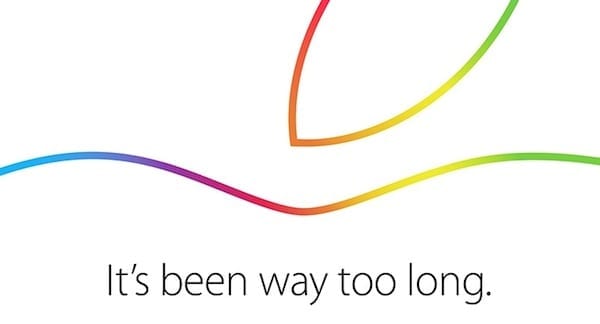

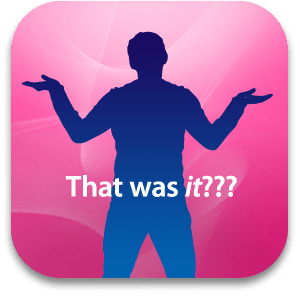
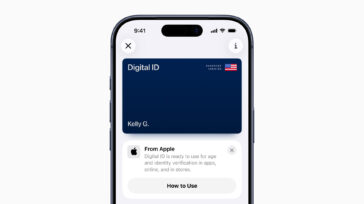
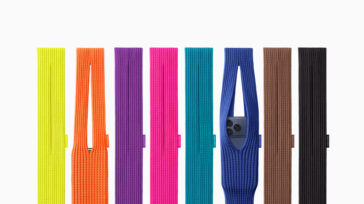
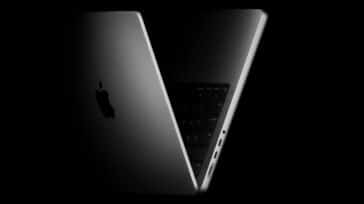
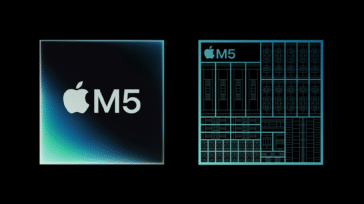


I dislike the white frame on the glass of the white version as I find it to be distracting from the displayed content. I really liked my white 3GS because it still had black surrounding the display. I’m going to purchase the black version for this reason, but I would have preferred a “white” phone (i.e. back) with black glass on the front. I think that combination would feel more like the original — still my favorite design.
The release date for iOS 6 is September 19, not October as stated in this post.
Correct you are, we’ve updated the post. Thanks.
The Apple invention of having the touch sensors right on the display itself is PATENTED by Apple.
Thus, only Apple will be able to have screens as thin as this. Others will have to glue the display to the touch sensor, making the screen thicker.
I really wish they had released exact hardware specs on the phone. Is this still a dual proc? quad? what’s the GHz? They seem to be getting away with specs like that, and only speak in marketing lingo with “22% faster”.
You know, no serious iPhone buyer gives a rat’s tail about the specs. All we care about is what the device will do for us. It doesn’t matter how much RAM, how many MHz, how many cores, how many doomaflingers and whosawhatchits they cram in there…
All you need to know is that it’s twice as fast as the old one, with 8 times the graphics speed, thinner, lighter, with longer battery life.
Comparing an iPhone to any other smart phone is ridiculous, since they do not have equivalent ecosystems surrounding them.
Just ask yourself, “Does it do what I need to do with it? Are the apps available to run my life, my business, my entertainment needs? Is it within my means to afford it? Do I like the way it responds, feels in my hands, and the way the interface works? Is it on a carrier that is decent in my primary stomping grounds?”
If enough of those answers are YES, then buy the thing!